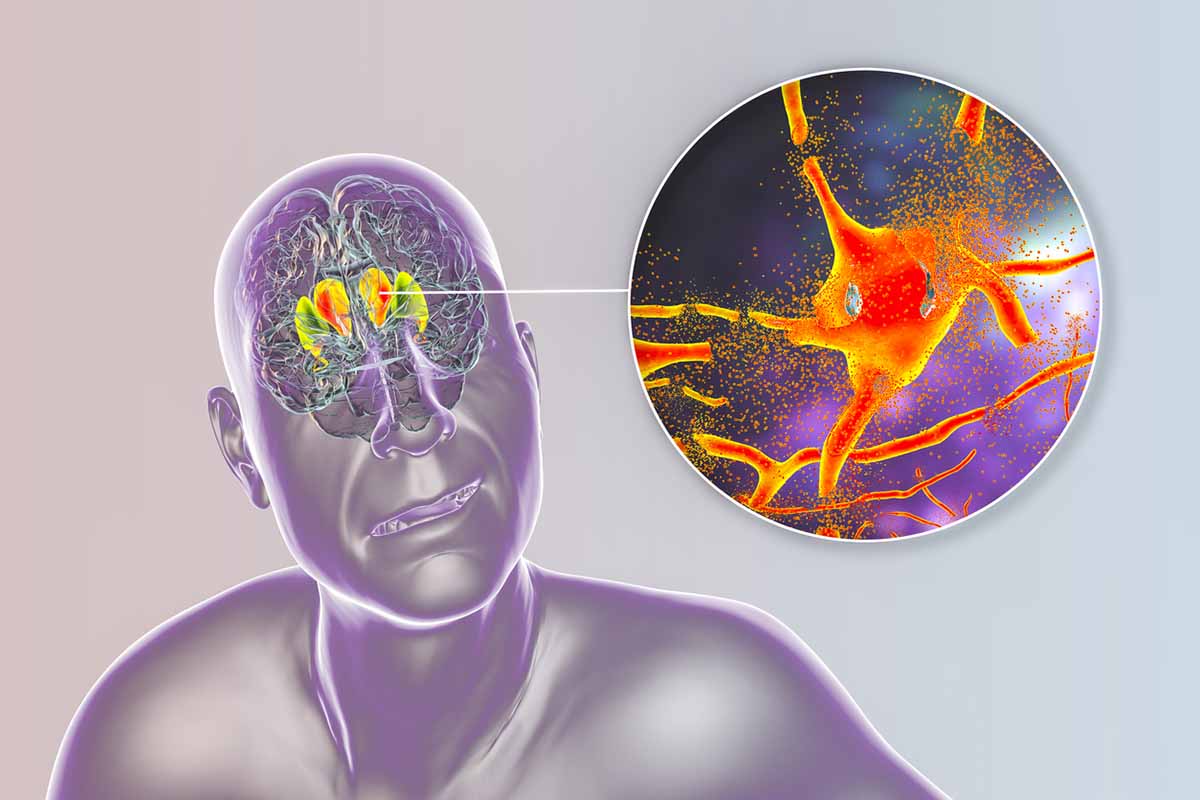See original letter by Kellner et al
Dr Spaans and Colleagues Reply
To the Editor: We greatly appreciate the comments made by the colleagues from the CORE/PRIDE group with respect to our randomized controlled study1 in brief and ultrabrief pulse electroconvulsive therapy (ECT), and we welcome the opportunity to clarify a number of issues raised.
Differences in techniques between countries demonstrate that any concept of "the ultimate" ECT technique is still illusory. It is doubtful whether the European twice-weekly schedule reduces efficacy significantly compared to thrice-weekly sessions.2
In order to reduce the chance of a less efficacious outcome for ultrabrief pulse ECT, we chose a higher dose, ie, 8 ×— times seizure threshold. Notably, our mean treatment dose of 206 mC in the ultrabrief pulse ECT group was well above the mean charge of 103 mC (6 ×— seizure threshold) in the Sackeim et al study.3 Therefore, we had expected the efficacy of ultrabrief pulse ECT to be comparable.
It is true that a higher dose usually impacts negatively on cognition.4 However, although the mean treatment dose in the ultrabrief pulse ECT group was below the charge in the study by Loo and colleagues5 and the mean treatment dose in our brief pulse group of 495 mC was above the final treatment dose of 469 mC of their brief pulse group, we did not find cognitive differences.
While the practice of ultrabrief pulse ECT has increased,6,7 the question whether or not this should be the standard of care remains debatable. We sought to further clarify whether ultrabrief pulse right unilateral (RUL) ECT differs in efficacy in severe depression from standard pulse RUL ECT.3,5,8 In this respect, the clinical issues of clinical response and speed of remission are considered of more importance than the change in Montgomery-Asberg Depression Rating Scale score from baseline, in particular as there was no minimum score for inclusion in our study.
Our focus on retrograde amnesia was based on the knowledge that anterograde amnesia and deficits in other cognitive domains are transient,9,10 while retrograde amnesia for past memories might show more enduring deficits. Our results did not confirm the hypothesis that ultrabrief pulse ECT produces less severe side effects in retrograde memory.
We agree that the article did not contain a clear description of the covariates. We can confirm that we included age and education as covariates in the cognitive analyses.
The observation that in our brief pulse group more patients (n = 6) dropped out of the study because of confusion, and thus biased the cognitive results, is true. However, the suggestion that we might have missed immediate posttreatment differences between the 2 groups by performing neurocognitive testing up to 1 week after finishing the treatment course is, in our opinion, of little clinical significance.
Finally, we can agree that, at this point in time, with the current state of knowledge, it is premature to draw firm conclusions. It remains unclear whether "ultrabrief ECT should be the new standard of care,’ " as Charles Kellner stated 5 years ago.11 We are looking forward to reading the results of the CORE studies and welcome the wealth of high-quality studies and the attention this discussion brings to the field of ECT.
References
1. Spaans HP, Verwijk E, Comijs HC, et al. Efficacy and cognitive side effects after brief pulse and ultrabrief pulse right unilateral electroconvulsive therapy for major depression: a randomized, double-blind, controlled study. J Clin Psychiatry. 2013;74(11):e1029-e1036. PubMed doi:10.4088/JCP.13m08538
2. Charlson F, Siskind D, Doi SA, et al. ECT efficacy and treatment course: a systematic review and meta-analysis of twice vs thrice weekly schedules. J Affect Disord. 2012;138(1-2):1-8. PubMed doi:10.1016/j.jad.2011.03.039
3. Sackeim HA, Prudic J, Nobler MS, et al. Effects of pulse width and electrode placement on the efficacy and cognitive effects of electroconvulsive therapy. Brain Stimulat. 2008;1(2):71-83. PubMed doi:10.1016/j.brs.2008.03.001
4. McCall WV, Dunn A, Rosenquist PB, et al. Markedly suprathreshold right unilateral ECT versus minimally suprathreshold bilateral ECT: antidepressant and memory effects. J ECT. 2002;18(3):126-129. PubMed doi:10.1097/00124509-200209000-00003
5. Loo CK, Sainsbury K, Sheehan P, et al. A comparison of RUL ultrabrief pulse (0.3 ms) ECT and standard RUL ECT. Int J Neuropsychopharmacol. 2008;11(7):883-890. PubMed doi:10.1017/S1461145708009292
6. Galletly C, Paterson T, Burton C. A report on the introduction of ultrabrief pulse width ECT in a private psychiatric hospital. J ECT. 2012;28(1):59. PubMed doi:10.1097/YCT.0b013e318221b42e
7. van Waarde JA, Verwey B, van den Broek WW, et al. Electroconvulsive therapy in the Netherlands: a questionnaire survey on contemporary practice. J ECT. 2009;25(3):190-194. PubMed doi:10.1097/YCT.0b013e31819190b5
8. Spaans HP, H Kho K, Verwijk E, et al. Efficacy of ultrabrief pulse electroconvulsive therapy for depression: a systematic review. J Affect Disord. 2013;150(3):720-726. PubMed doi:10.1016/j.jad.2013.05.072
9. Fraser LM, O’ Carroll RE, Ebmeier KP. The effect of electroconvulsive therapy on autobiographical memory: a systematic review. J ECT. 2008;24(1):10-17. PubMed doi:10.1097/YCT.0b013e3181616c26
10. Verwijk E, Comijs HC, Kok RM, et al. Neurocognitive effects after brief pulse and ultrabrief pulse unilateral electroconvulsive therapy for major depression: a review. J Affect Disord. 2012;140(3):233-243. PubMed doi:10.1016/j.jad.2012.02.024
11. Kellner CH. Ultrabrief pulse right unilateral ECT: a new standard of care? http://www.psychiatrictimes.com/articles/ultrabrief-pulse-right-unilateral-ect-new-standard-care. Accessed February 26, 2014.
Author affiliations: Department of Psychiatry (Drs Spaans and Kho), Clinical Neuropsychology (Ms Verwijk), Old Age Psychiatry (Dr Kok), and ECT (Dr Spaans and Kho and Ms Verwijk), The Clinical Center for the Elderly, Parnassia Psychiatric Institute, The Hague, The Netherlands; Department of Old Age Psychiatry at VU University Medical Center and Academic Department of Old Age of GGZinGeest Amsterdam, Amsterdam, The Netherlands (Dr Stek); Department of Old Age Psychiatry (Dr Bouckaert), University Psychiatric Center-Catholic University of Leuven (Dr Sienaert), campus Kortenberg, Kortenberg, Belgium; EMGO Institute for Health and Care Research, VU University Medical Center, Amsterdam, Amsterdam, The Netherlands (Dr Comijs); and Department of Clinical Neuropsychology of the VU University in Amsterdam, Amsterdam, The Netherlands (Dr Scherder).
Potential conflicts of interest: None reported.
Funding/support: None reported.
Additional information: All authors are members of ResPECT-Research in Psychiatry & ECT.
J Clin Psychiatry 2014;75(7):777-778 (doi:10.4088/JCP.14lr08997a).
© Copyright 2014 Physicians Postgraduate Press, Inc.




